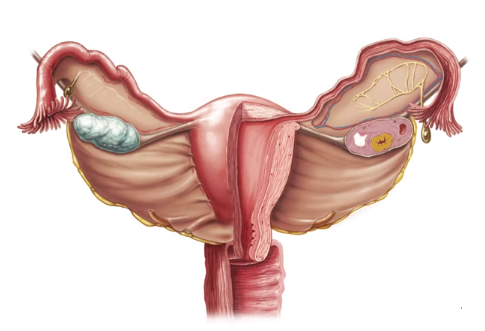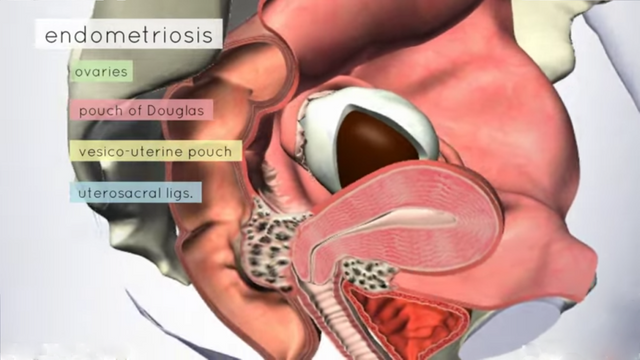
Uterus is a hollow, muscular female reproductive organ which helps to grow the fetus. It permits an embryo to be embedded in its inward divider and supports the developing fetus with its mom's blood. It fits in the pelvis on the back of the bladder. In grown-up women, the non-pregnant womb is around 8cm (3in) long and around 5cm (2in) wide.
The womb resembles a pear narrowing to the bottom. This part is the cervix, which opens into the vagina; whereas the top or body of the uterus opens into the fallopian tubes. Both the cervix and the body of the uterus can be influenced by health issues.

Uterine cancer most likely affects women after menopause. Cancer begins in different parts of the uterus. It commonly starts in the endometrium (the inner lining of the uterus). Because of this, it is called endometrial cancer which are most cases adenocarcinomas (cancers that target cells that make mucus and other fluids). In rare circumstances, muscle and tissue supporting uterus develop uterine cancer known as uterine sarcoma.
Symptoms of uterine cancer are commonly postmenopausal blood seepage or a bloodstained vaginal discharge. In younger women, severe periods or blood discharge between periods might trigger signs. Biopsy of the uterine lining can be used for diagnosis. Uterine cancer cannot be distinguished with a cervical spread. Women who are at high chance of uterine cancer incorporate the individuals who:
Are clinically obese;
Have had no offspring;
Have a late menopause;
Are on hormonal treatment for breast cancer, for instance, tamoxifen;
Are on estrogen exchange treatment without progestogen: an abundance of estrogen in the body poses the danger of uterine cancer particularly having low progesterone levels.
Who are at increased risk for uterine cancer?
Giving birth, and the typical maturing process, debilitate the pelvic floor'a term used to portray the muscles and tendons that protect the uterus and vagina. This can bring about a uterine prolapse, a condition once in a while observed before menopause. In a prolapse, the uterus origins from its usual position into the vagina; in the most extreme cases, the uterus comes out of the vagina. A surgical repair or a hysterectomy might be prescribed. Taking estrogen alone (without progesterone) can escalate the risk of endometrial cancer. Radiation therapy to the pelvis can raise the risk of uterine sarcoma. Taking tamoxifen for breast cancer can develop the danger of both endometrial cancer and uterine sarcoma.
Treatment for uterine cancer
Uterine cancer is dealt with by a full hysterectomy to discard the womb, fallopian tubes, and ovaries. If the cancer has spread, a course of radiotherapy may be required. In the case of uterine cancer to be treated early, the possibility of survival for a long time or longer is more than 80%. Endometrial cancer can usually be cured whereas uterine sarcoma is harder to heal.